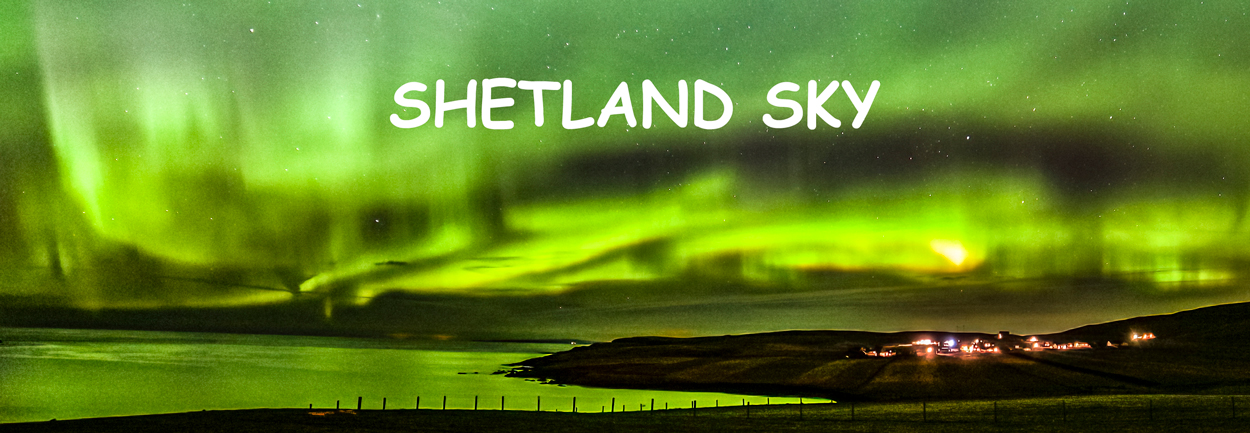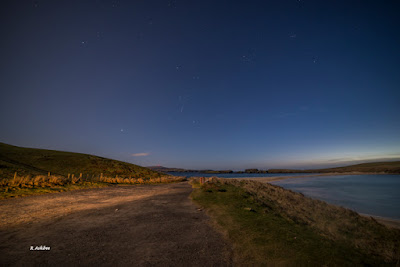I have used both the F2.8 and the newer F2.4 XP Samyang lenses. All photos shown taken with XP lens
Old F2.8 lens
The F2.8 had problems with de- centred focus areas and I had to send back 4 before finally getting an acceptable lens. Samyang is very good at controlling Coma and Chromatic Aberration and even wide open this lens is sharp if you get a good copy. It does have problems with barrel distortion which is always a problem with any landscape photos.
A lot less barrel distortion on the XP lens
Some Vignetting wide open
I bought the F2/8 not only as a landscape lens but for astrophotography and although it produced some acceptable photos it was still a bit soft in the corners
St Ninian's Isle at Dusk
These images are a lot sharper across the whole frame
It has a plastic casing but feels a good solid purchase at around £326 (Amazon).
Newer F2.4 XP
The newer XP F2.4 version is a professional lens and even though its around £716(Amazon this is £100 less than I paid for it a few months ago) it has a lot more going for it. It feels good in the hand, being an all metal construction with a good lens cap that holds in place well.
Both lenses are manual focus but this one has all the contact points to provide all the information, aperture, speed and focus confirmation. Be aware that if you are a Canon user it will show F2.5 not F2.4.
The distance scale seems accurate unlike the old F2.8 and at the limit it was in focus for the stars so no guess work, mine didn't turn to the infinity marker. The bokeh is excellent by the way
Again Coma and Chromatic Aberration is very well control with virtually nothing showing even wide open. It is that bit faster which is always good for astrophotography. There is only minimal barrel distortion which means good news for astro and landscape photographers, Vignetting is better controlled from F4
It seems a lot sharper wide open and has the resolving power for a 50mp lens and you can tell, lots more detail with excellent colour rendition. Flare is a lot better controlled, even shooting directly into the Moon/sun (be careful) . Agree with the Samyang information
ISO800 F2.4 15 seconds (Full Moon)
Crop of top left corner
Samyang blurbImage quality is maintained by using 18 glasses in 14 groups including four different special optics: two aspherical lenses, one hybrid aspherical lens and two extra low dispersions lenses and one high refractive lens. This optimal performance creates impressive image quality for centre to corner of the image. Also, the minimised aberration enhance the clarity of the image creating a more impressive image than your eyes can see
Old one 14 glasses in 10 groups
Recommend
I was thinking of either the 14mm sigma art f1.8 (£1300) or 14mm Nikon f2.8 (£1608) but liked the other Samyang lenses, I also use the 24mm f1.4 which is also excellent for astrophotography so I thought I would give the XP lens a try.
In the end I am glad I bought the new XP F2.4 version. As usual, buying any equipment for astrophotography brings a curse with it and it was cloudy and windy for the first 15 days but I did use it for landscapes and was very impressed.
A couple of nights ago I managed a few photos under a full moon and it was picking up stars well using the Nikon D610. The stars were sharp across the sensor and I found that turning the lens to the limit (towards infinity) produced the desired effect so no pre focusing or live view focus on a star. Quality wise it is a lot better than the old one.
Its a pity that its nearly at the end of the Night sky season but I hope to get at least one more session in to test this further




































